
In all honesty I had not actually heard of Thursley before. It was by chance I had seen a social media post about this unique beauty spot that brought it to my attention. Whilst the planning of this trip was in fact short notice, I had additionally incorporated a visit to Petworth in West Sussex, with the view to getting some landscape, nature and sunset captures.
So on one very misty and wet morning in September 2020 between lockdown 1.0 and 2.0, I took an early morning drive to Thursley in Surrey. This was to get some photography of the sunrising over a beauty spot. The weather forecast initially said it would be a nice clear day, when I’d checked the night before. However, this had changed overnight which meant I would just have to chance it.
The drive from Hertfordshire to Thursley is approximately an hour depending on traffic. The scenery is stunning as you head into the deeper parts of the Surrey countryside. Interestingly Thursley has a couple of fun facts, it turns out Thursley means ‘Thor’s Field’ the village has a Saxon heritage and you will find this noted on the sign at the entrance, it details the pagan god either side of the words ‘Thors’ and ‘Lee’. However, finding Thursley Nature Reserve is not easy when you are not local. Arriving just after 6:30am and a little lost due my sat nav misguidance of the various country lanes and paths that head into this reserve, I parked up at the edge of a forest opening and began a walk into the misty woodlands which depicts that of a Nordic type woodlands.
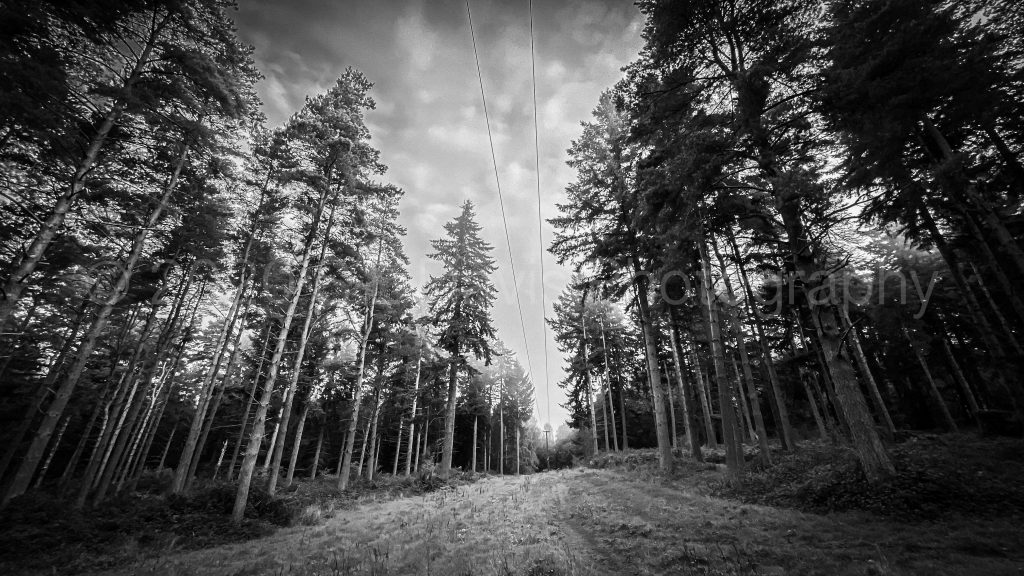
As you can imagine, being a lone female armed with camera equipment and walking into an eerie misty woodlands alone with the imposing pines and conifers high above you, certainly keeps you on high alert. The old electricity lines, you only really see in the most rural of areas in the UK, added to the atmospheric feel of this spot. As you walk through, your imagination starts running and you are half expecting to see a lone rundown wood cabin as you follow the grassy path.
It wasn’t particularly cold for September but the mists from the low cloud cover did make it seem cooler than it actually was. I walked on and took a right turn, trying to follow my now rather frustrating sat nav as I was looking for the wooden pathway and the pond. Needless to say I didn’t find them on this occasion.
What I did find was a lot of bracken and some brilliant woodland views. These views as you will see, came with so much detail and was enhanced by the colouring of the Bracken and fern cover that had started to take on it’s autumnal colourings. Here I found the perfect spot to wait patiently, whilst listening to the morning chorus of the birds and watching the dawn cloud cover slowly lift.
It was unbelievably peaceful but at the same time eerie, the morning mist had left it’s dewy mark on spider webbing in the bracken making it look like small pieces of decorative jewelled lace. As the sun rose, it looked more like a solid white ball in the sky due the misty screening. It meant that I got more silhouetting of the trees than anticipated but I felt I had achieved the first part of my mission.
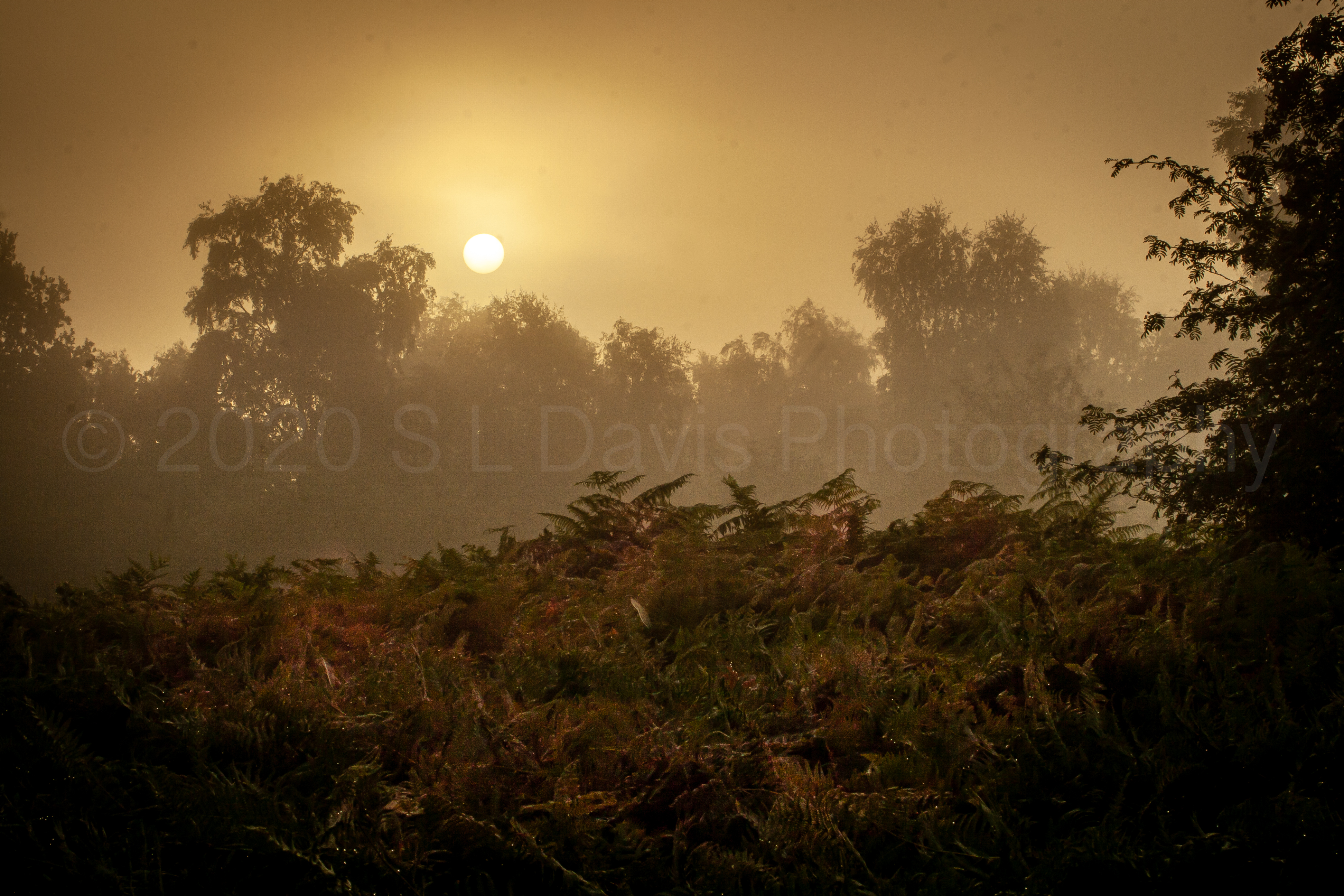
I then took a walk back through the woodlands and humanity had started to come to life. First was a chance meeting with a horse rider, then as I walked through the Fern engulfed pathways, ferns taller than me, I was startled by a pair of spaniels taking their owner for a run.
I continued on and I spot an old oak. This might seem strange but when you really look at nature, certain trees take on an artistic character. I took several captures of this specific oak framing the pathway and then added various filtering to enhance the artistic characteristic of the image. I don’t often use filtering and prefer to only use it when it is appropriate or upon request. Not all imagery looks good with adjustments in my opinion.
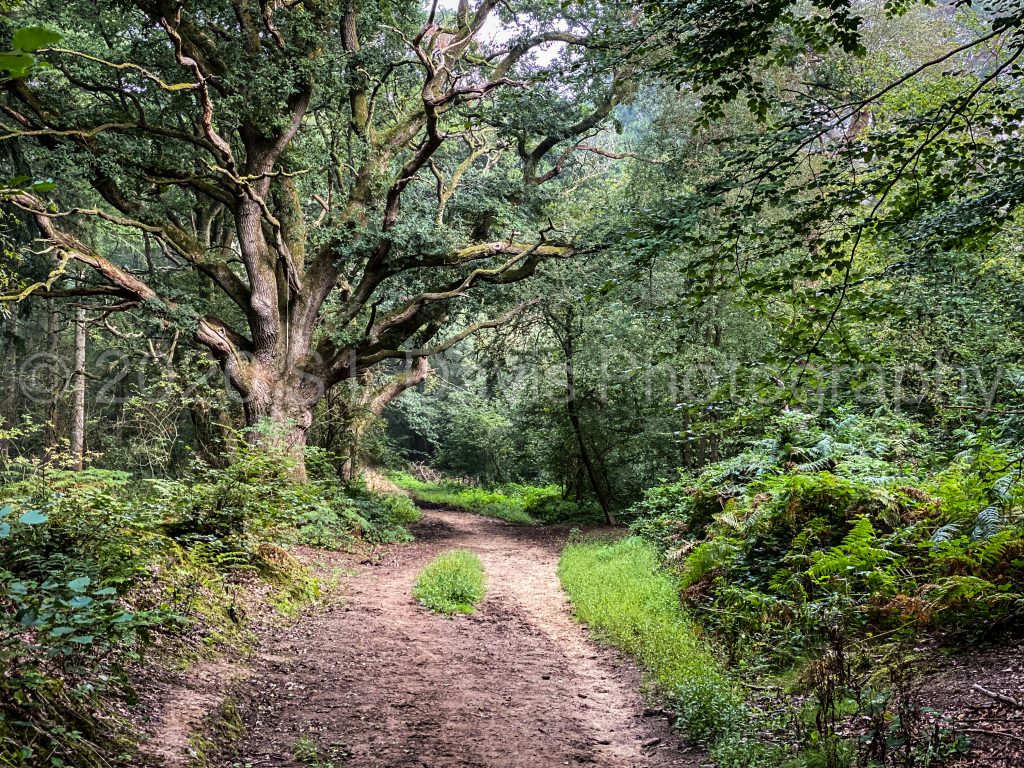
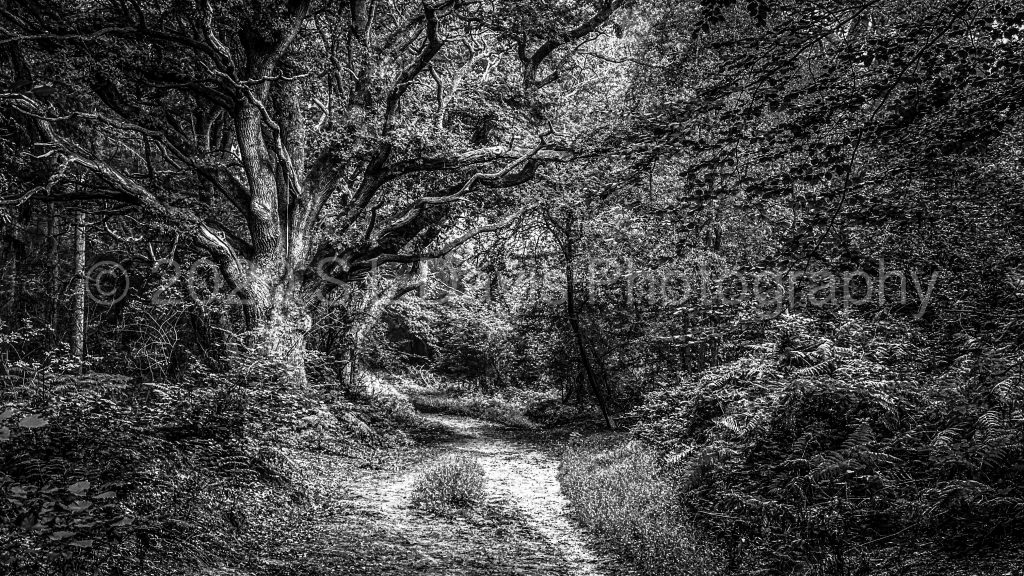
After a few more woodland shots and having spent a good couple of hours in this beauty spot, it was time to head off towards Petworth. I made several stops at various other locations along the way.
My next stop would be in a small village, whereby the church caught my eye and prompted me to make a sudden stop to capture it with a bold blue sky background and fluffy clouding which enhanced it’s features. This church sits in a small village just outside of Haslemere, called Grayswood. It’s your quintessential English village with a village hall and cricket green. I head onwards towards Petsworth and my next stop finds a castle…
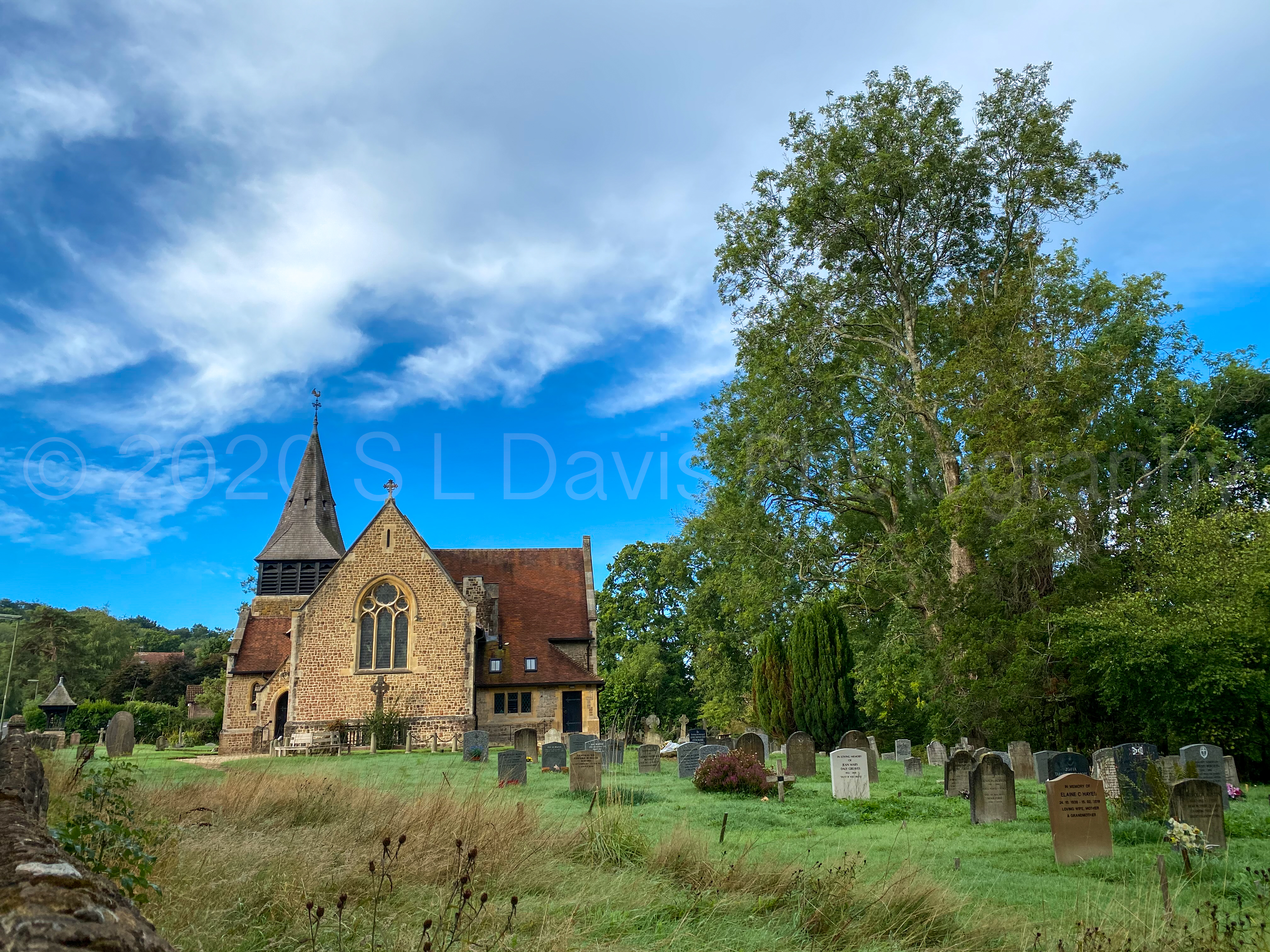
Pulling into my next stop I had diverted slightly as I passed into Cowdray and there I had spotted Cowdray ruins. Unfortunately due to the pandemic, you could not enter the ruins to explore but needless to say, I was keen to take a few shots before heading onwards to Petworth. As you can see from the imagery I produced, the cloud cover was on the temperamental side. Photography is always about trying to work with what you can or have.
Cowdray is linked to Royal history and the Ruins are one of England’s most important early Tudor houses. Cowdray is known to have been visited by both King Henry VIII and Queen Elizabeth I. In September 1793, whilst undergoing repairs and refurbishments for the impending marriage of the 8th Viscount Montague, a devastating fire took hold and most of the property was destroyed. The Kitchen Tower is the only part of the mansion to remain intact. Quite a sizeable kitchen! Another interesting fact about Cowdray is that the Viscount Montague whose grandson Anthony Maria Browne was his successor, employed Guy Fawkes at the house. Unfortunately Anthony was ultimately implicated in the Gunpowder Plot after he failed to attend Parliament on 5th November 1605. He was imprisoned in the Tower of London for nearly a year and ordered to pay a hefty fine. Fawkes and his fellow conspirators of Roman Catholics, were subsequently tried for high treason in Westminster Hall on 27 January 1606 and were sentenced to death. The executions took place on 30th and 31st January, with Fawkes being executed on 31st where he was hung, drawn and quartered. Being executed in this manner meant you were dragged on a wooden hurdle behind a horse to the place of execution, you were first of all hanged, then your genitals were removed, before being disembowelled and beheaded. Your body is then finally quartered, the severed pieces would often be displayed in public. Gruesome eh? You will be familiar with the poem that relates to this gruesome period, originally written by John Milton in 1626 at Cambridge University and originally written in Latin it was titled ‘In Quintum Novembris’ which means ‘On the Fifth of November’. (http://philological.bham.ac.uk/milton/trans.html)
The Fifth of November
Remember, remember!
The fifth of November,
The Gunpowder treason and plot;
I know of no reason
Why the Gunpowder treason
Should ever be forgot!
Guy Fawkes and his companions
Did the scheme contrive,
To blow the King and Parliament
All up alive.
Threescore barrels, laid below,
To prove old England’s overthrow.
But, by God’s providence, him they catch,
With a dark lantern, lighting a match!
A stick and a stake
For King James’s sake!
If you won’t give me one,
I’ll take two,
The better for me,
And the worse for you.
A rope, a rope, to hang the Pope,
A penn’orth of cheese to choke him,
A pint of beer to wash it down,
And a jolly good fire to burn him.
Holloa, boys! holloa, boys! make the bells ring!
Holloa, boys! holloa boys! God save the King!
Hip, hip, hooor-r-r-ray!
I head on and arrive on the outskirts of Petworth and here you are greeted with a slice of the English wine country…
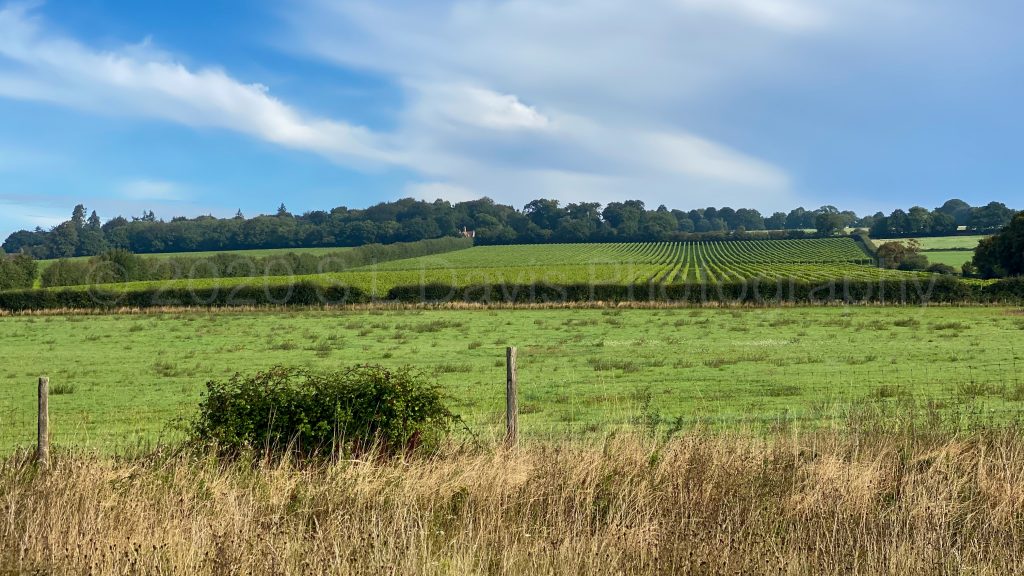
The West Sussex countryside is vast and very picturesque. I pulled over several times at the side of the road to capture this and noted several of my own favourite wine merchants of this region. The sky was really something to admire and enhanced the lush green landscape.
I finally arrived in the main village of Petworth and it was time to take a very long hike which would also see me in various precarious positions capturing some of the best macro of insects, captures of wildlife and landscape.

It has to be said that the Petworth House Estate is vast and you will spot numerous wild deer roaming for which they also call this place home. As I walked up through the vast pathway towards the house, I spotted numerous small butterflies, I had not really seen locally to me since childhood. One in particular that thrives in this part of the UK is the Small Heath. Here I was with a relative on my mobile, asking what on earth I was doing as I stalked this butterfly through divots and mounds whilst trying to watch I didn’t trip on a rabbit hole which are plentiful. As this small butterfly stopped using the dried arid grass as camouflage, I had resorted to commando crawling as not to startle it. I was still on a phone call whispering to the person to just hold fire as I need to capture this close up shot. The next thing I heard was, “Well how close do you get to wildlife? coming from down the speaker… My response was this close and the following shot was sent… This Small Heath decided I was a good camouflage and a resting spot.
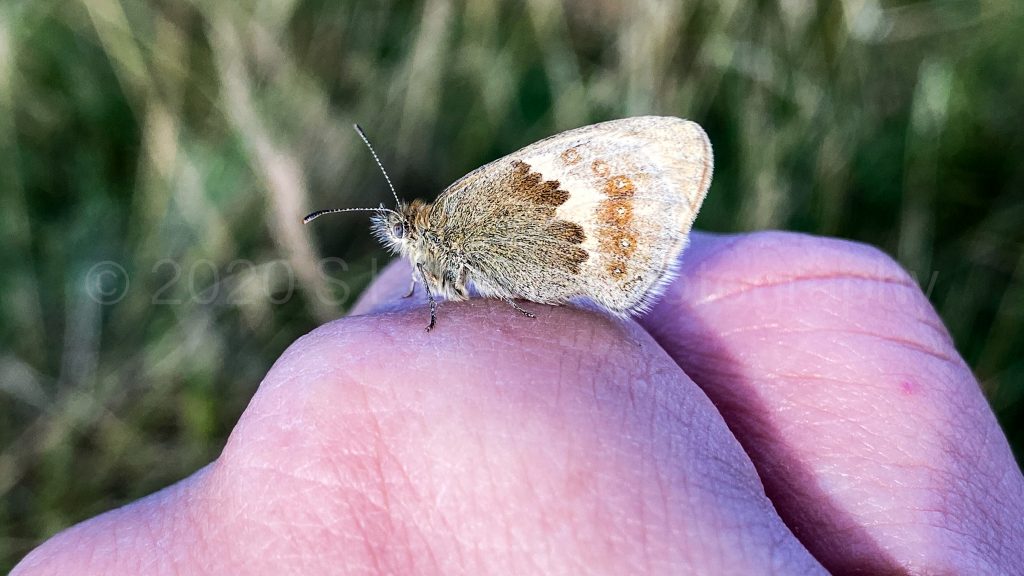
This is the thing with wildlife and insects. You never quite know what they will do next and it is sometimes a little moment of gentle joy like this…
I then popped my delicate little friend onto a blade of grass, took a few more photos and proceeded to head in the direction of the deer I had in my sight and as these ones are very shy, it again involves commando crawling and slow quite movements.
September time is usually the start of rutting season for deer and it was very much the case here. Unfortunately this means the deer are more on edge and a safe distance is needed. Unfortunately for me, it meant I couldn’t get as close as I have in the past when photographing these majestic mammals. In this small copse there was a pair of male fallow deer who were fighting which I was able to capture at a distance and this is done to stake their rights on females. If you sit and watch quietly you can hear the cracking sounds of the antlers as they battle each other. It really is a very special moment to watch. Sensing my presence, however, the deer decided to move on and I backed away and continued to walk over the heathland towards the main house.
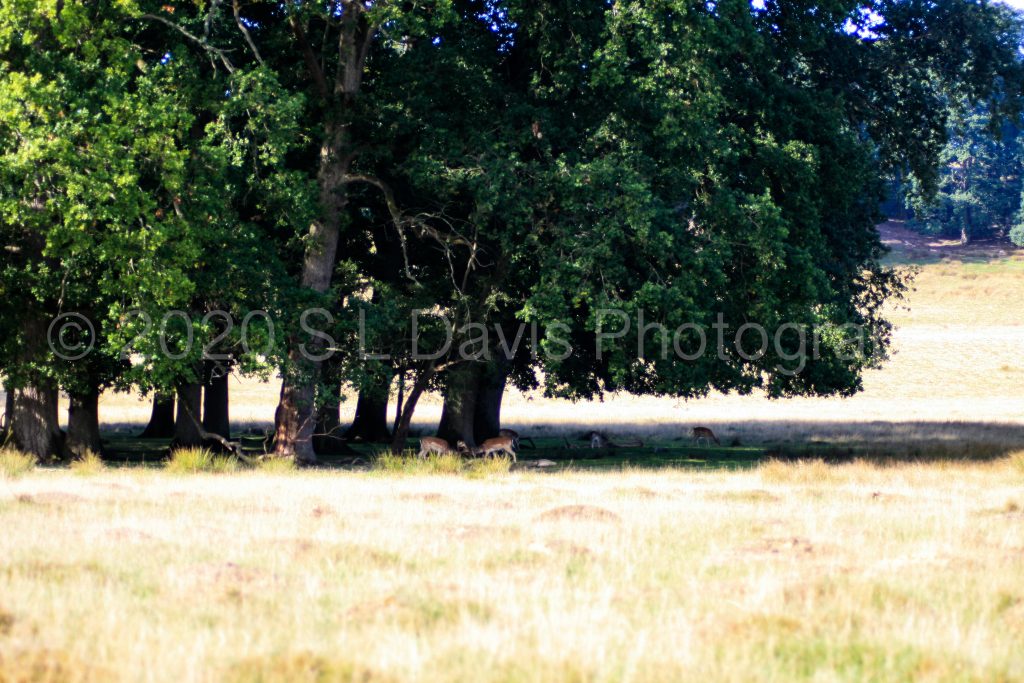
My attention gets diverted as I am taking in the vastness of this landscape by another small butterfly and once again I follow it like Alice in Wonderland following the White Rabbit… It’s a Small Copper.
Aside from the intense copper colouring of this tiny butterfly, few get to appreciate it’s full colour spectrum and on a now hot sunny heath, the right angle and a lot of patience, I was able to use the sunlight to give up the remarkable colouring this little butterfly keeps well hidden…
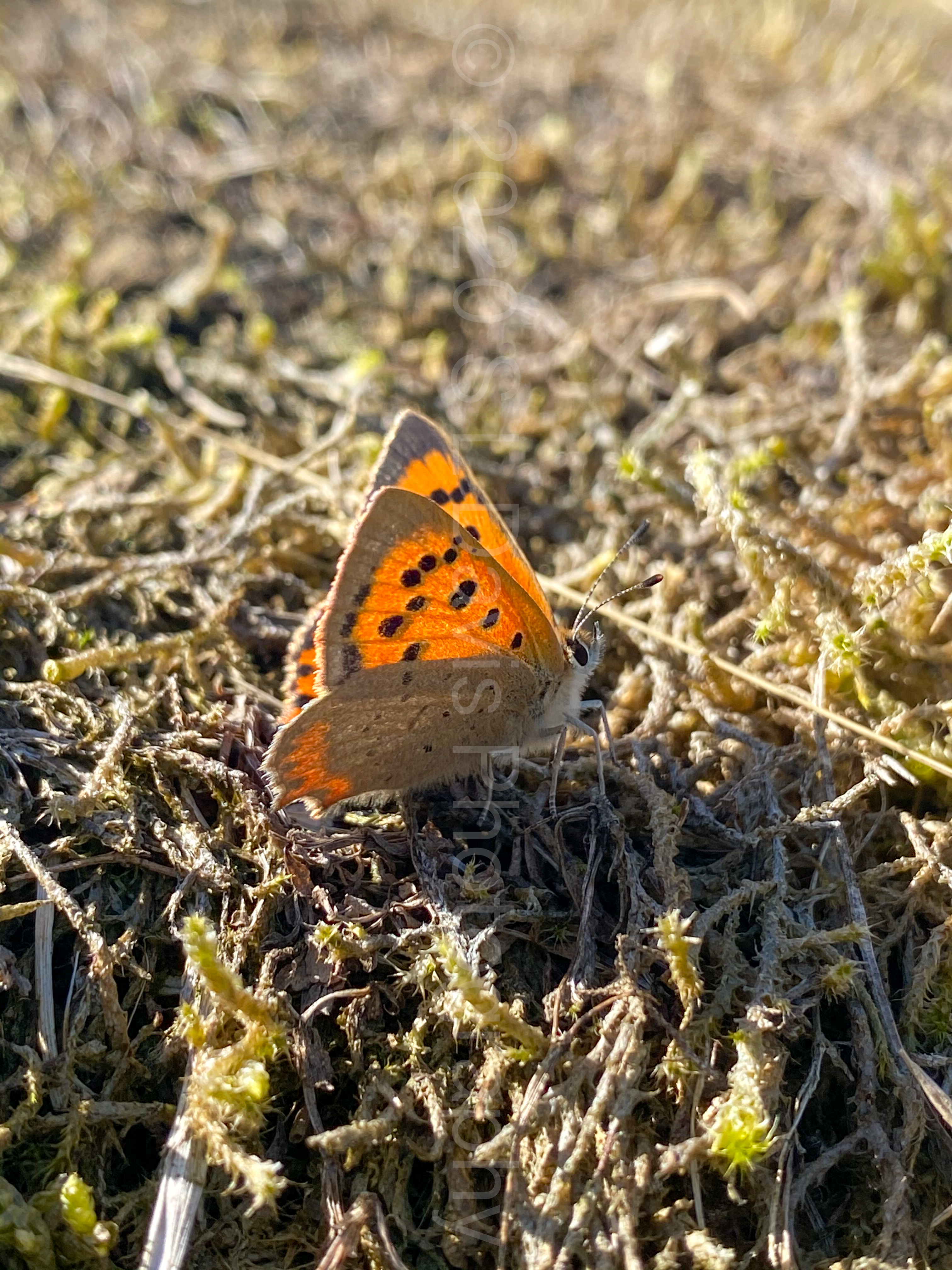
You will note the outer wings are light in colour and similar to the small heath. But when open and this is done to sunbathe or deter would be predators, it is dark and incredibly beautiful.
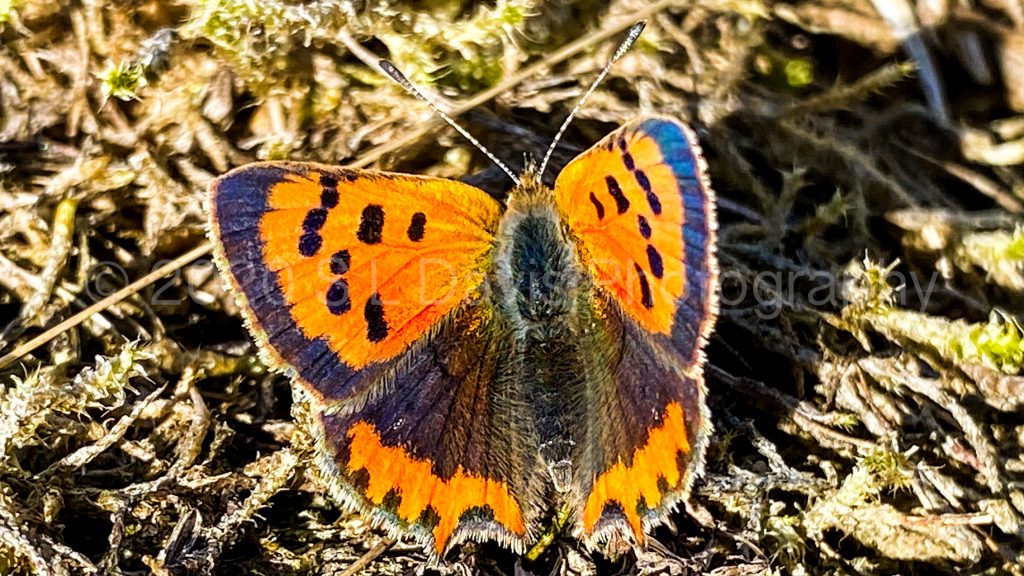
I would go on later to photography more of this particular butterfly and as you can see, without the light, it’s colour spectrum that shows tinges of blue above, change to just brown.
As I reached the peak point of the heath, I am met with a breathtaking view. The landscape of Petworth House and the house itself is every bit grand. You can see the obvious charm of the Victorian era and before and there is heaps of history to immerse yourself in. With views like this, filters can be used to enhance the atmosphere of the imagery. The landscape may look familiar to some. If you are a fan of the old classics of art, you won’t be surprised to learn of at least two famous painters who captured this landscape in some of their famous pieces. One being William Turner and it was Turner’s friendship with the third Earl of Egremont that allowed him to return year after year, alongside several other artists of the time including John Constable. I was asked by a friend if I could make more of my landscape photography resemble these two artists. I was completely unaware that what I was capturing was walking in the footsteps of these two famous artists. Whilst I haven’t seen all their works, I do love the pieces I have seen created by Constable and Turner. Many of their works are in fact held at Petworth for obvious reasons.
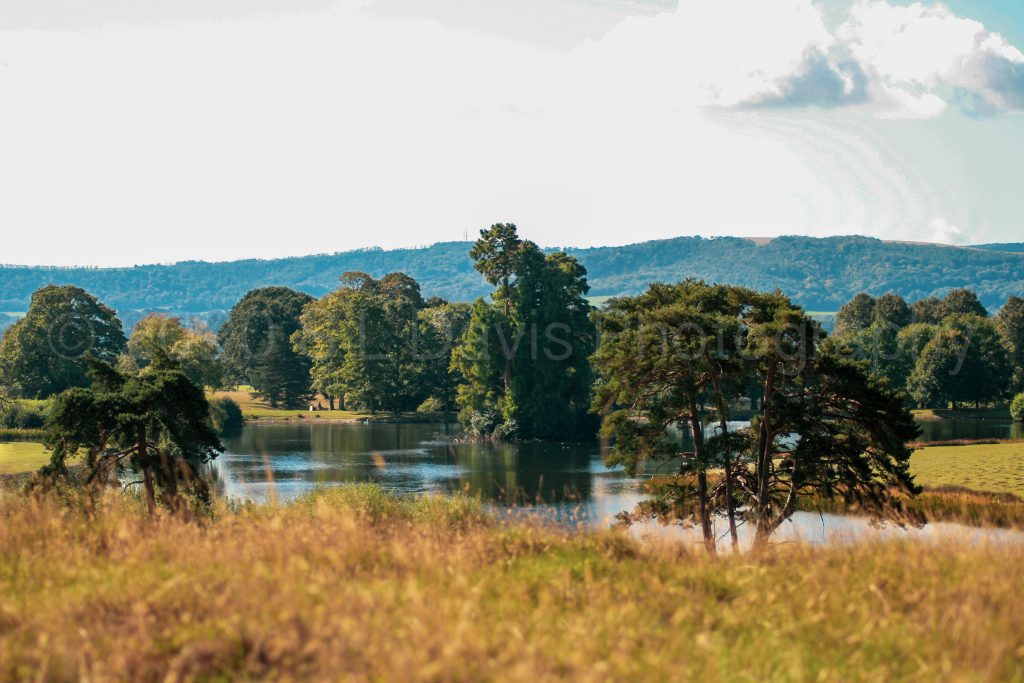
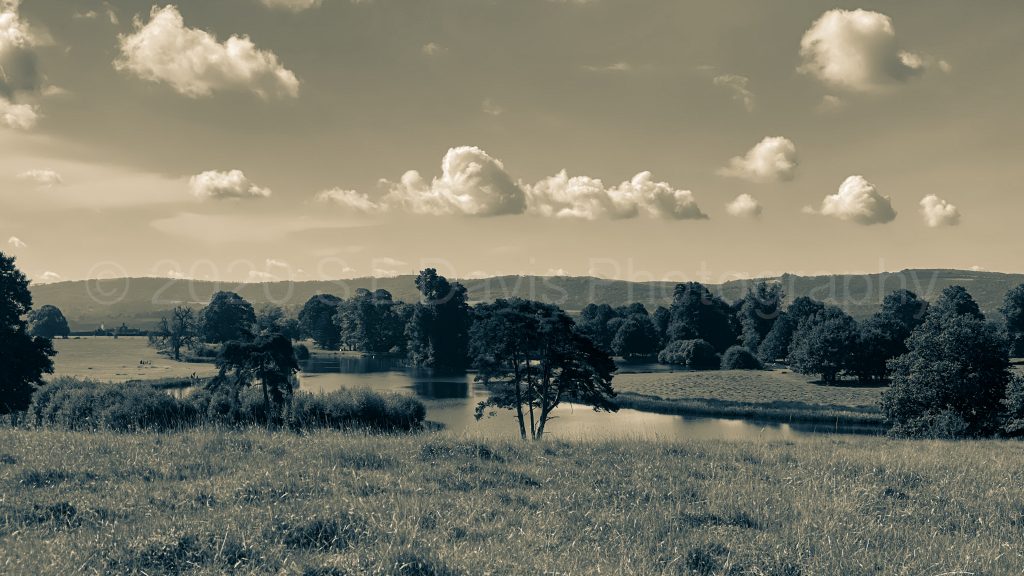
The House itself and immediate gardens as you can imagine are imposing and uniform. The planting is also vibrant which means you will always have your attention drawn to the detail of the grounds. Inside the house, it is as all great stately homes are, Regal.
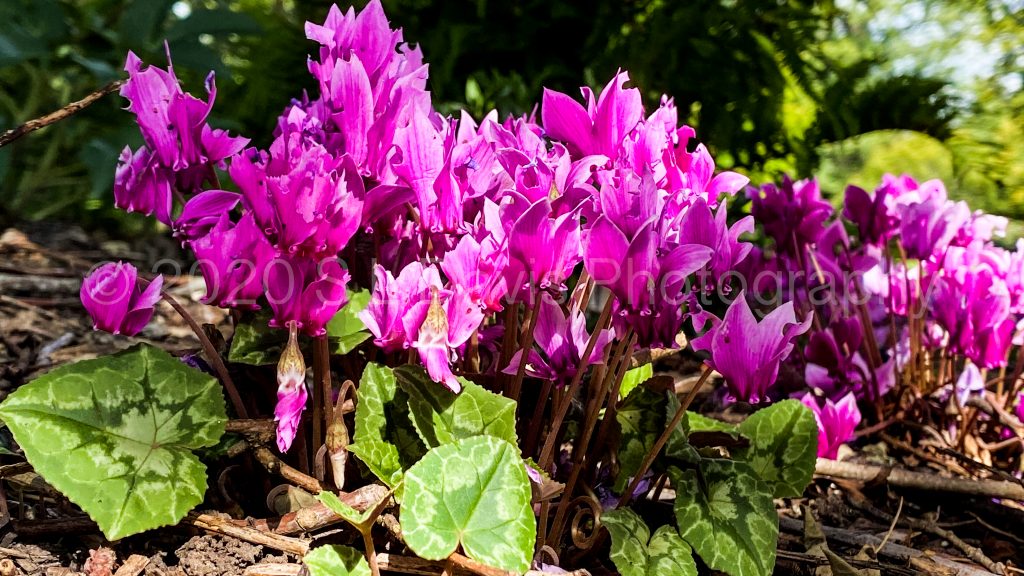
Inside you will find all the finery and a chapel. There is a wealth of marble sculptures and artwork. As you will note Henry VIII takes centre stage in one room. Then in another room you will find the days of travel with the old fashioned globes inside a glass case.
Outside the gardens are vast and there is the Ionic Rotunda that overlooks the West Sussex countryside and the gardens are alive with wildlife and particularly dragonflies. These dragonflies are zooming around and whizzing amongst the leaves of the chestnut trees. You hear a humming noise and if you are willing to look a little closer there is a variety of crickets and grasshoppers hiding amongst the wild grass sections. As you will note, I have a tendency to get up close to achieve a better detail of the subject. I always do this with great care and it is a well harnessed skill with years of practice. If the subject does not want to participate, I don’t force it and adopt the relaxed attitude, there will be other opportunities.
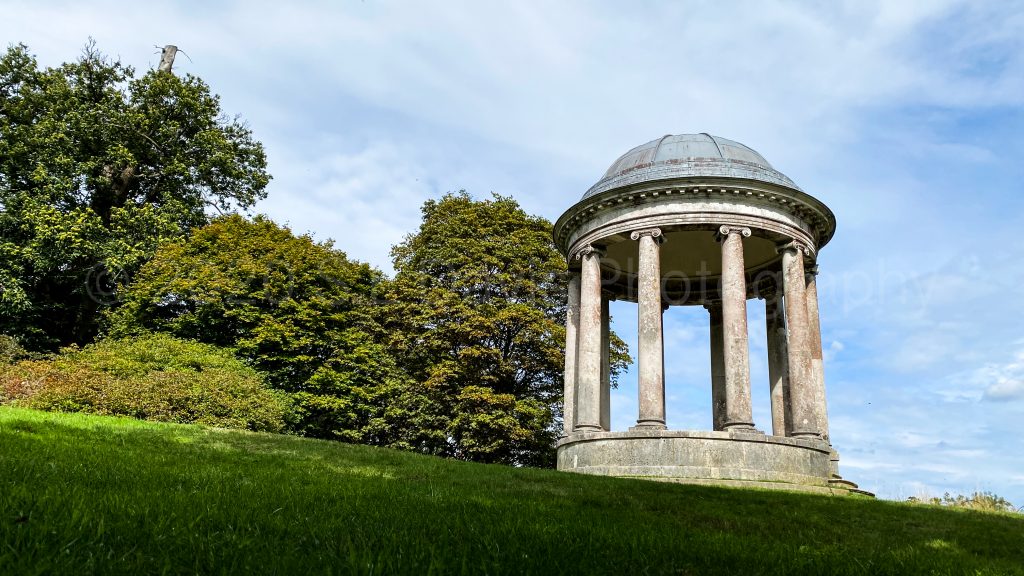
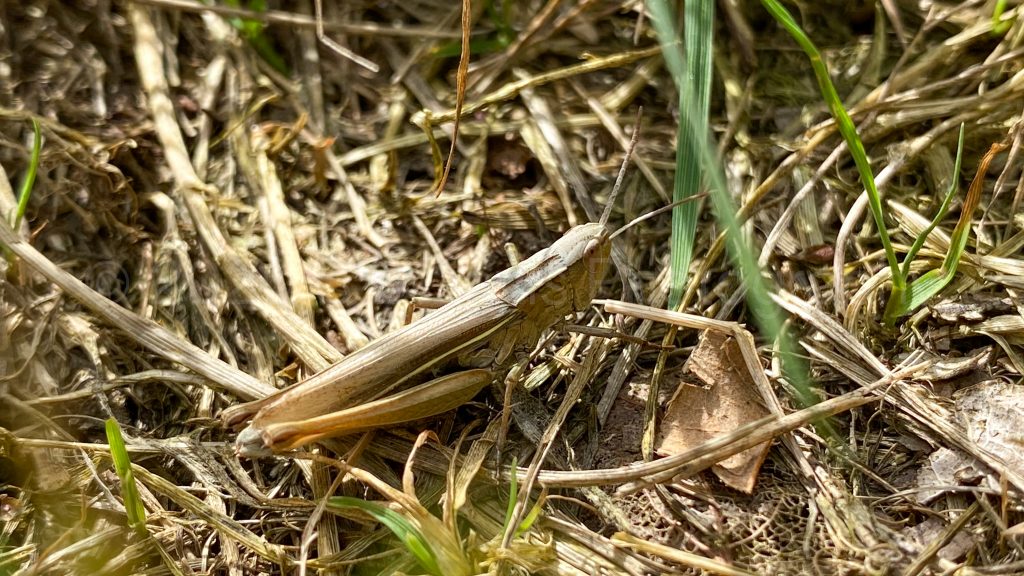
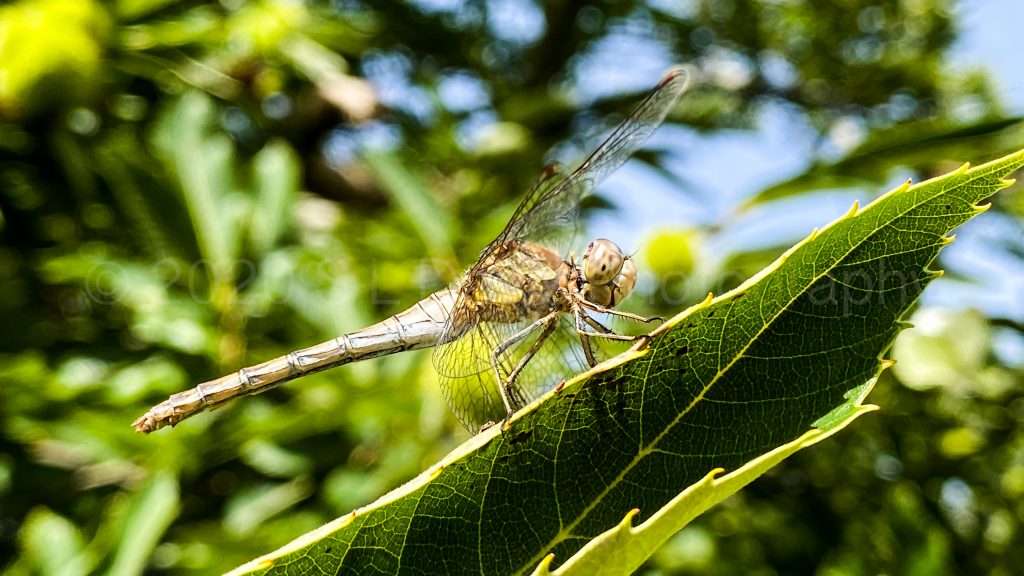
Walking on through the vast gardens you need to also look up, not just for the abundance of insects zooming overhead but you might see honey fungus on some of the trees. These funguses can get quite sizeable and are vibrant in colour. I climbed up one tree to capture the beauty of this fungus that isn’t only a deep orange but in it’s layers it also looks like oysters. The delicate detail of nature really is an art form in itself. Be careful though, not all fungus is edible and some are highly toxic. Best to just admire.
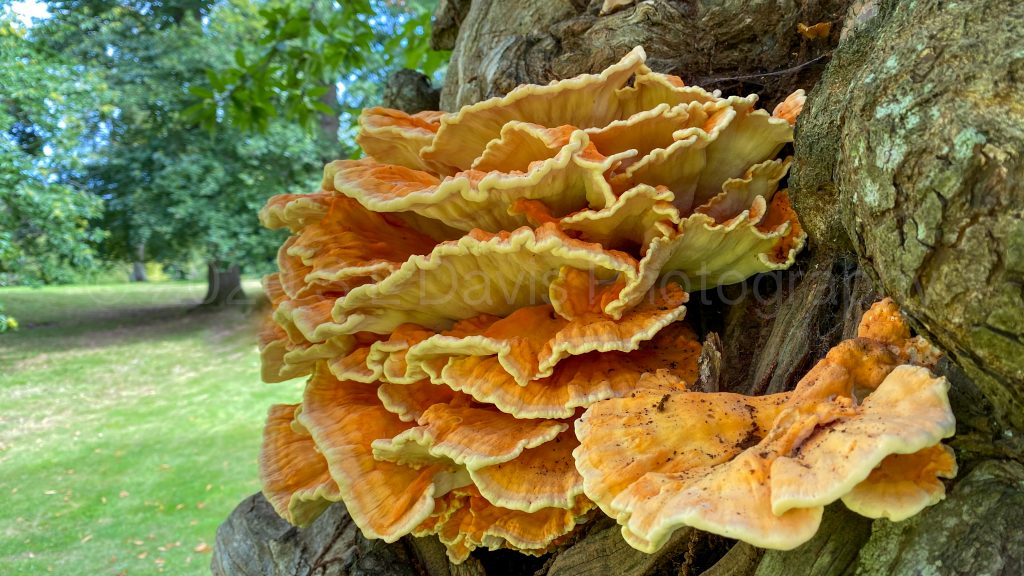
Walking out of the enclosed grounds and back out onto the open, there is a vast lake and here, I get to take advantage once more of artistic filtering on a select image of a half dead horse chestnut tree. Again, I generally shoot in natural colour and apply the filtering after using lightroom or photoshop. On this one, I felt the Sepia filtering was more appropriate.
As it had become overcast, the chances of getting a sunset image unfortunately diminished and so I focused on the insect and wildlife photography as I made my way back to the car. I photographed this curious blue shiny beetle that was smaller than my little finger nail. These are known as blue mint beetle or Chrysolina coerulans. There were more small coppers and I missed a couple of chalk hill blues as they were super fast but I did manage to capture a few more common darter dragonflies. As I headed back over the peak of the landscape, my attention was drawn to a larger herd of deer which were a mix of fallow and red deer.
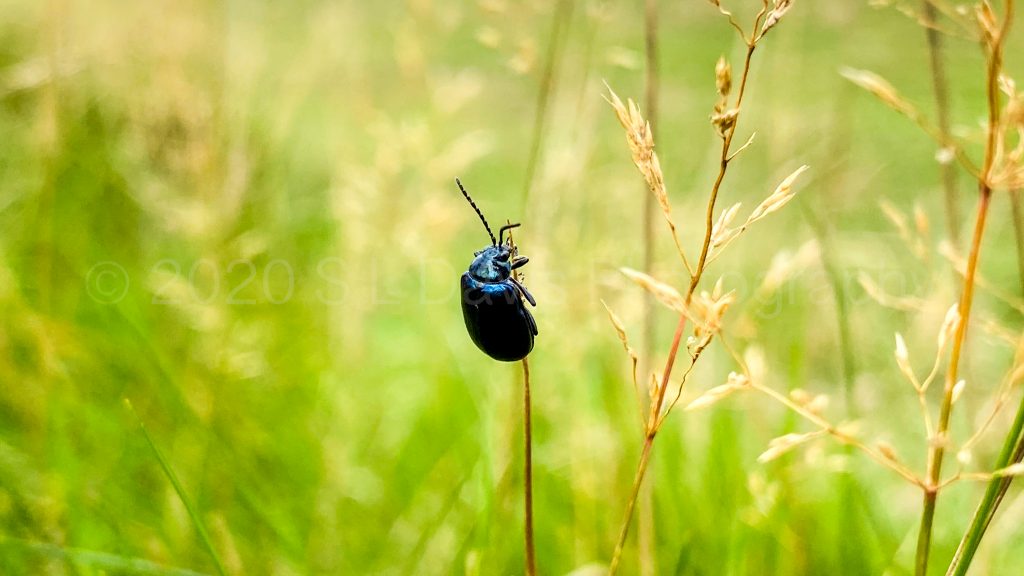
I took a stroll over the heath towards the deer and took a squatted seating position on one of the mounds and watched patiently whilst taking various shots of the herd. There was quite the mix of colours and it was truly relaxing to sit and just watch them battle, graze and rest.
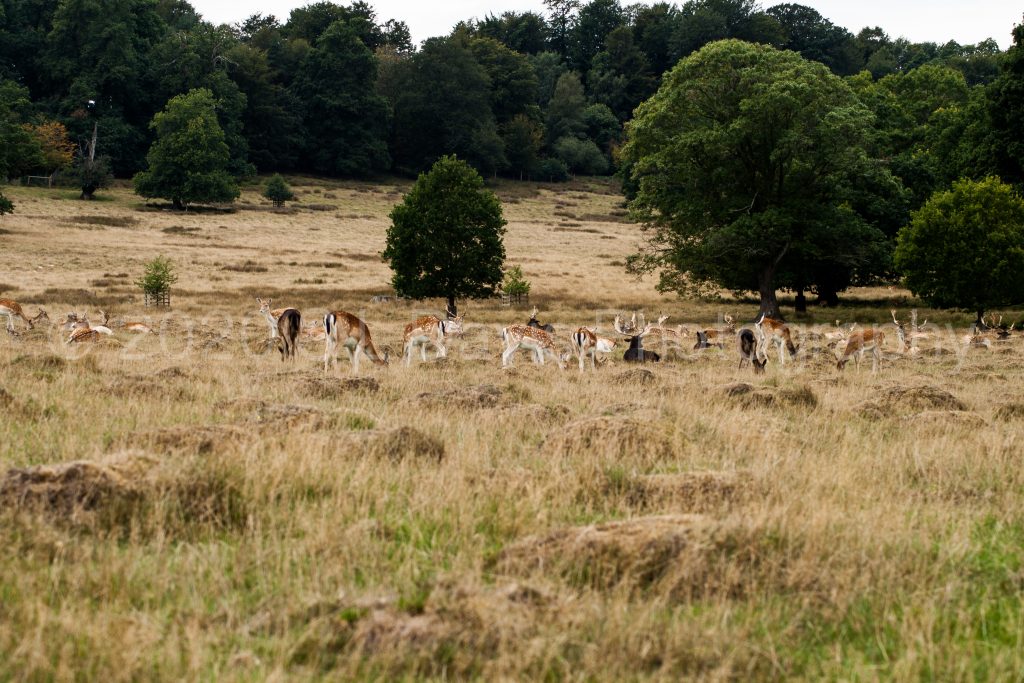
Having trekked over 10 miles and commando crawled through deer poop as well as climbed trees, it was time for a well deserved rest driving back home. The drive back was picturesque and another photo opportunity presented itself which is also a private giggle between myself and a friend. No country trip is complete, without finding an old David Brown…
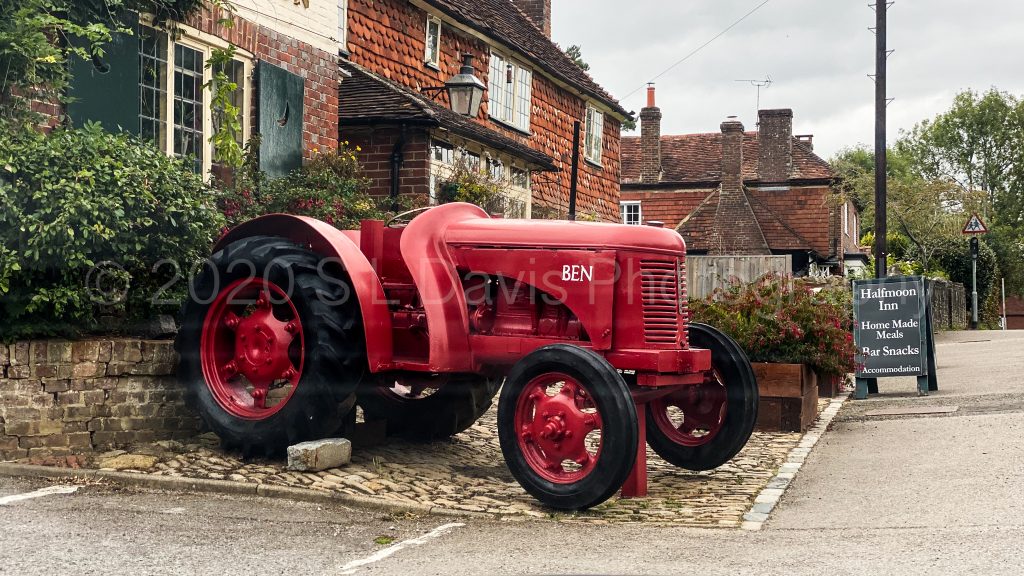






















I don’t live that far from Petworth but I’ve never heard of Thursley either! I’m going to have to investigate when restrictions are lifted a bit! That old oak is a stunner!
It really is beautiful. There is a wooden path there with a lake at Thursley. I’m hoping to head back there when restrictions are lifted to find it. But the spot I did find was beautiful too with lots of bridle paths. Petworth is beautiful and really worth a good walk around.